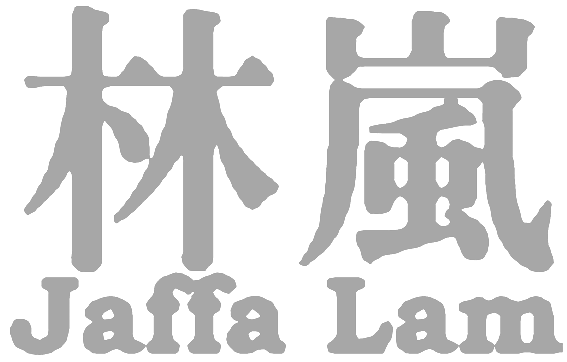Art Macao: Macao International Art Biennale 2025
藝文薈澳:澳門國際藝術雙年展2025主場展「嗨,你幹甚麼來了?」
澳門藝術博物館,2025/07/19-10/19
來自星星的潔癖菌
林嵐
裝置(公共廁所、澳門石頭、紫光燈、白線)
2025
尺寸可變
作品源自於2020年疫情爆發。藝術家在公共廁所中換上所有殺菌紫光燈,各水盆中分別放入一顆澳門奇石(古人常將奇石稱為天外飛石,意與現代的磒石相似,也是太空的星星碎石)。自人類踏上月球,像徵著征服宇宙的第一步,市面上亦有磒石出售,例如嵌入磒石碎的腕錶等等,以作為人類“文明”的時刻見證。為此,藝術家將其嵌入人類的偉大發明的「廁所」之中。
儘管通常以為廁所是萬惡之地,充滿細菌,人類又愛又恨,卻也對人類醫學貢獻不少。不知道它們對我們有什麼感覺?有時被愛,有時被㓕。藝術家試圖讓來自「星星」的細菌和在廁所靜心等待或相處一小段時間,互相問候,了解彼此,並在紫外線燈的保護或浪漫之中,試圖擴展公共空間與私密空間的關係,將你們/他們將聽著世界旅遊勝地的海浪聲,感受相互的美好和愛意。
This piece originates from the outbreak of the pandemic in 2020. The artist replaced all the disinfecting UV lights in a public restroom and placed a unqiue stone from Macao (a unique stone often humorously referred to as "heavenly rock" by ancient people, akin to modern meteorites, which are just star debris from space) in each sink. Since humanity first set foot on the moon, marking our first step in conquering the universe, meteorites have been marketed in various forms—like watches embedded with bits of meteorite—as a quirky testament to human "civilization." So, the artist decided to embed these stones into the great invention of humanity—the "toilet."
While toilets are often seen as a cesspool of germs—an ambivalent love-hate relationship—let's not forget their significant contributions to human health. What do these stones think of us? Sometimes they feel loved, sometimes… well, perhaps a bit grossed out. The artist aims to create a meet-and-greet between the bacteria from the "stars" and those who quietly wait or mingle in the restroom for a brief moment. Under the protective glow—or romantic ambiance—of the UV lights, the artist seeks to blur the lines between public and private spaces, allowing you/them to listen to the soothing sound of waves from world-famous destinations while feeling the warmth of shared beauty and affection.
Read More:
明周文化,21.07.2025,文:嚴嘉栢,攝:嚴嘉栢;林嵐提供
新快报, 2025-07-06






